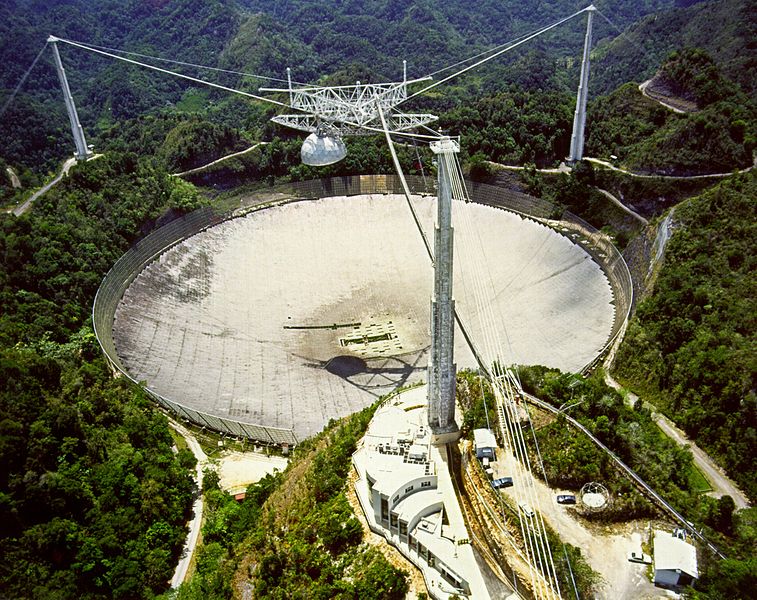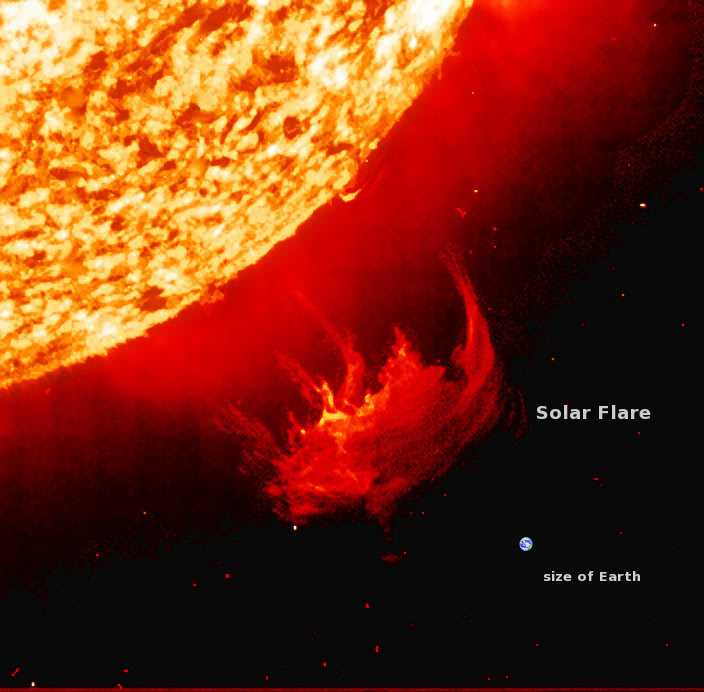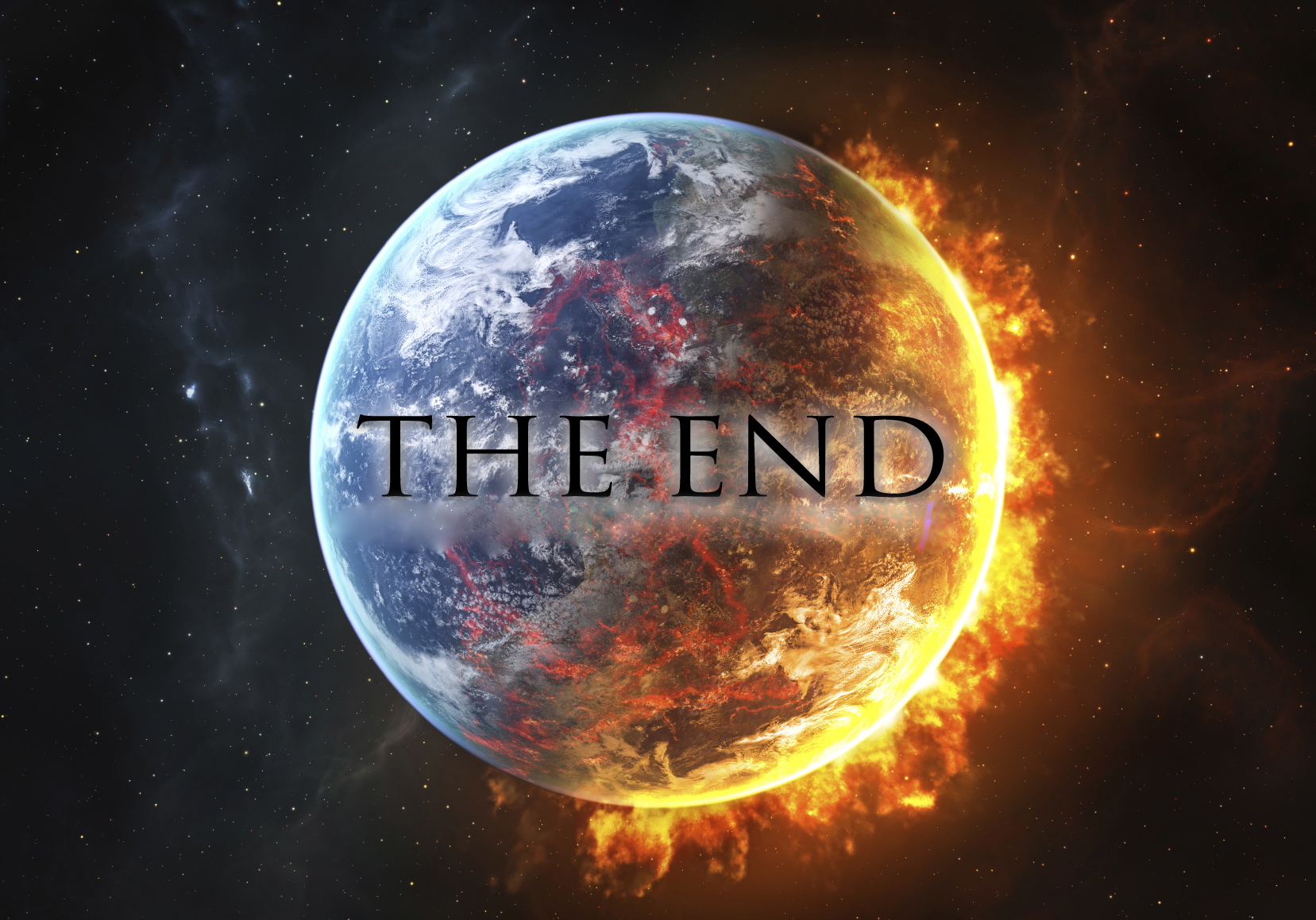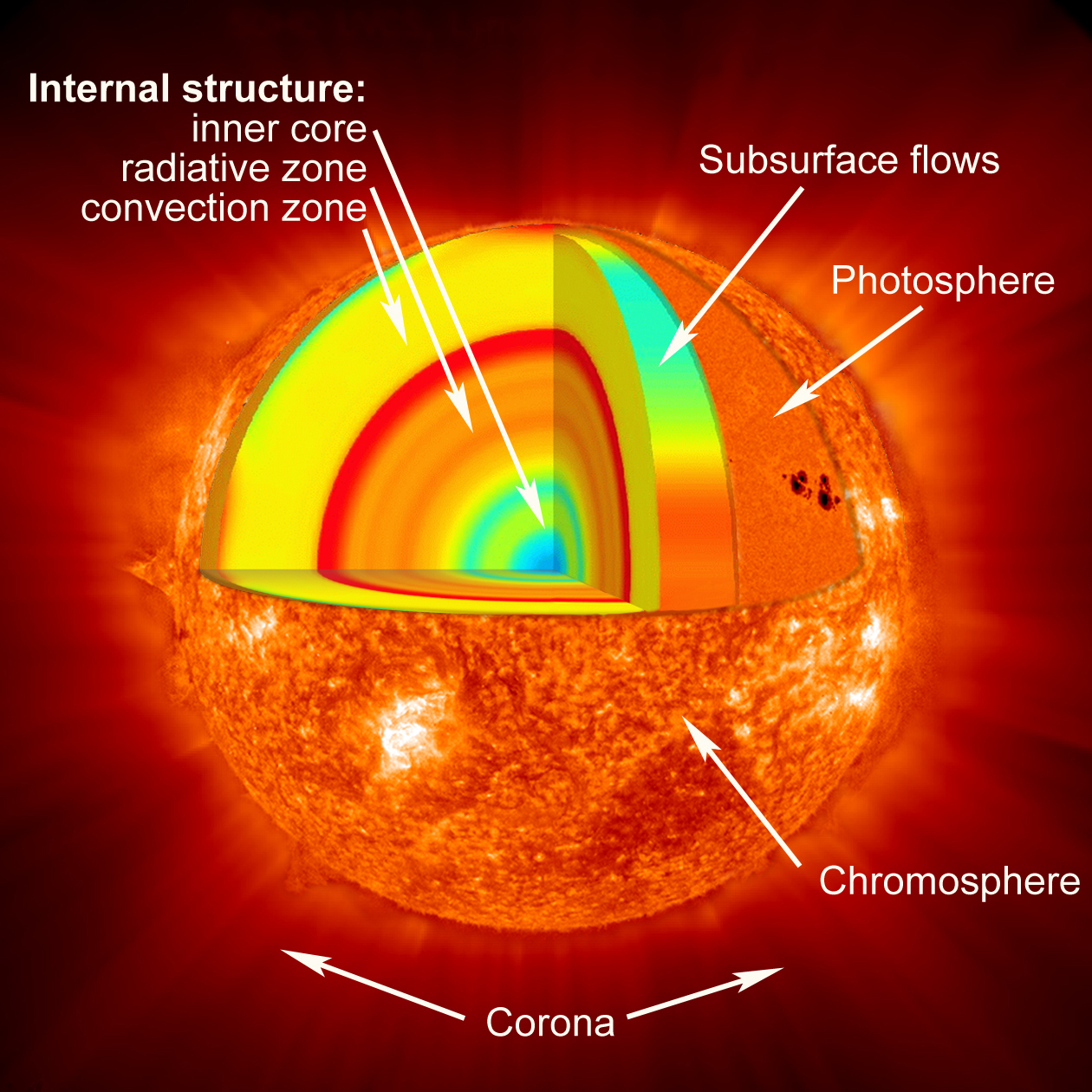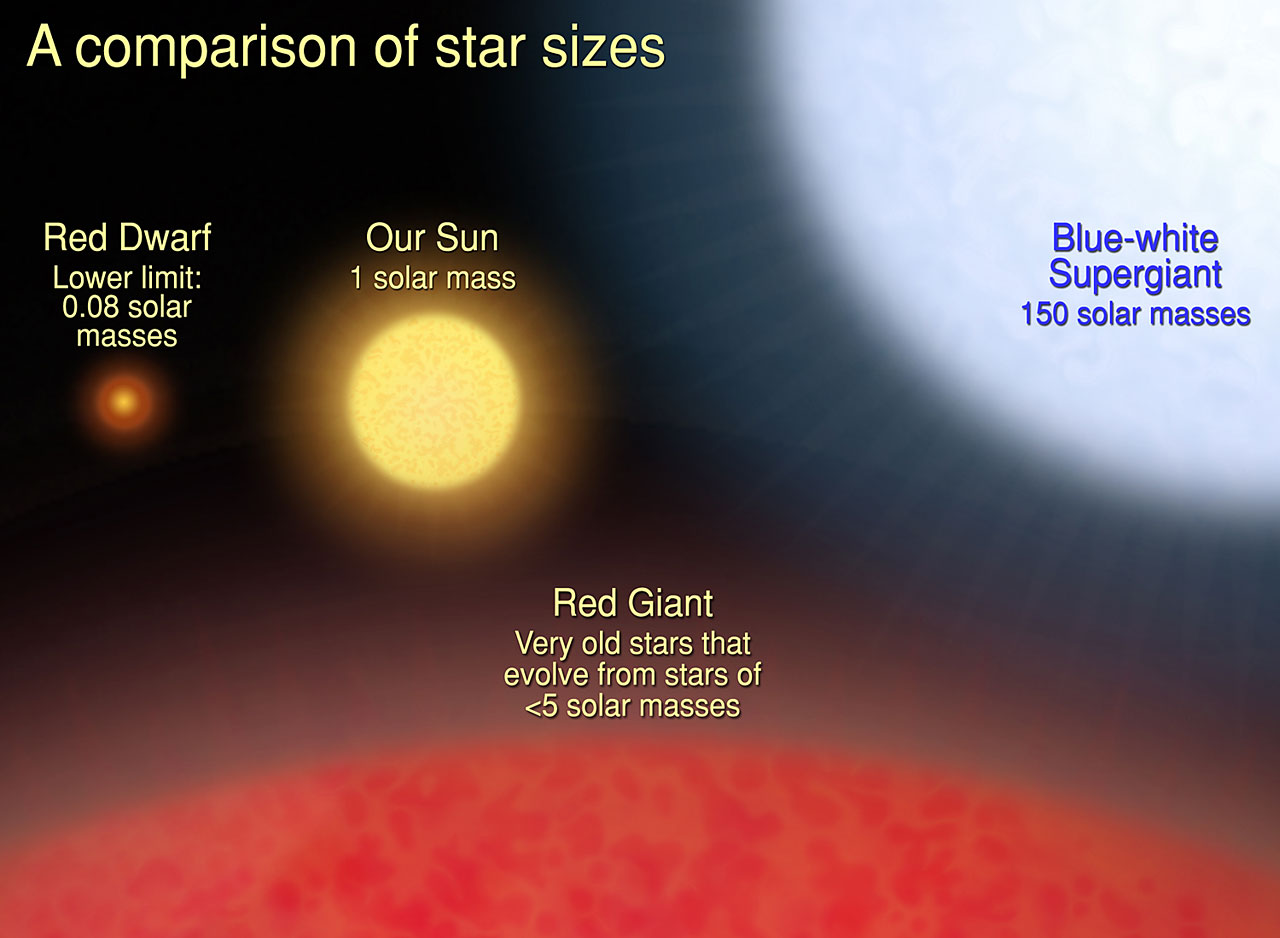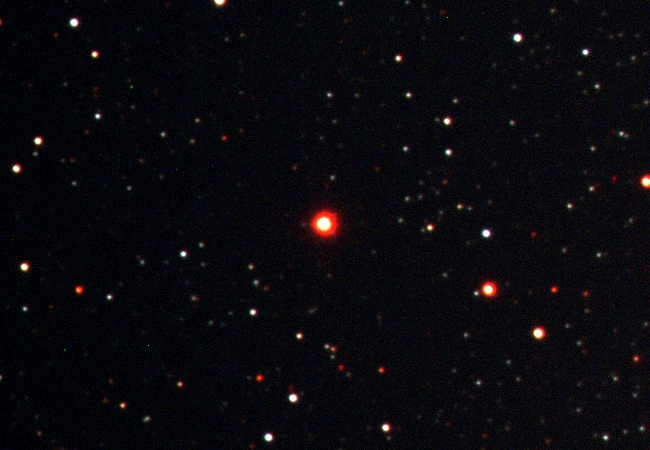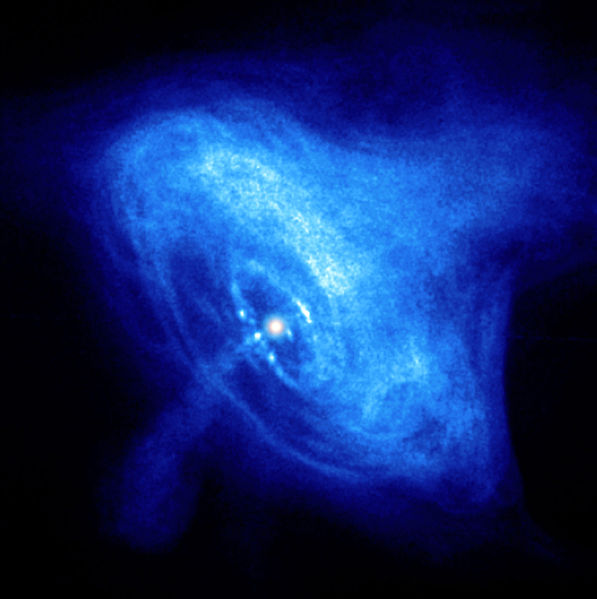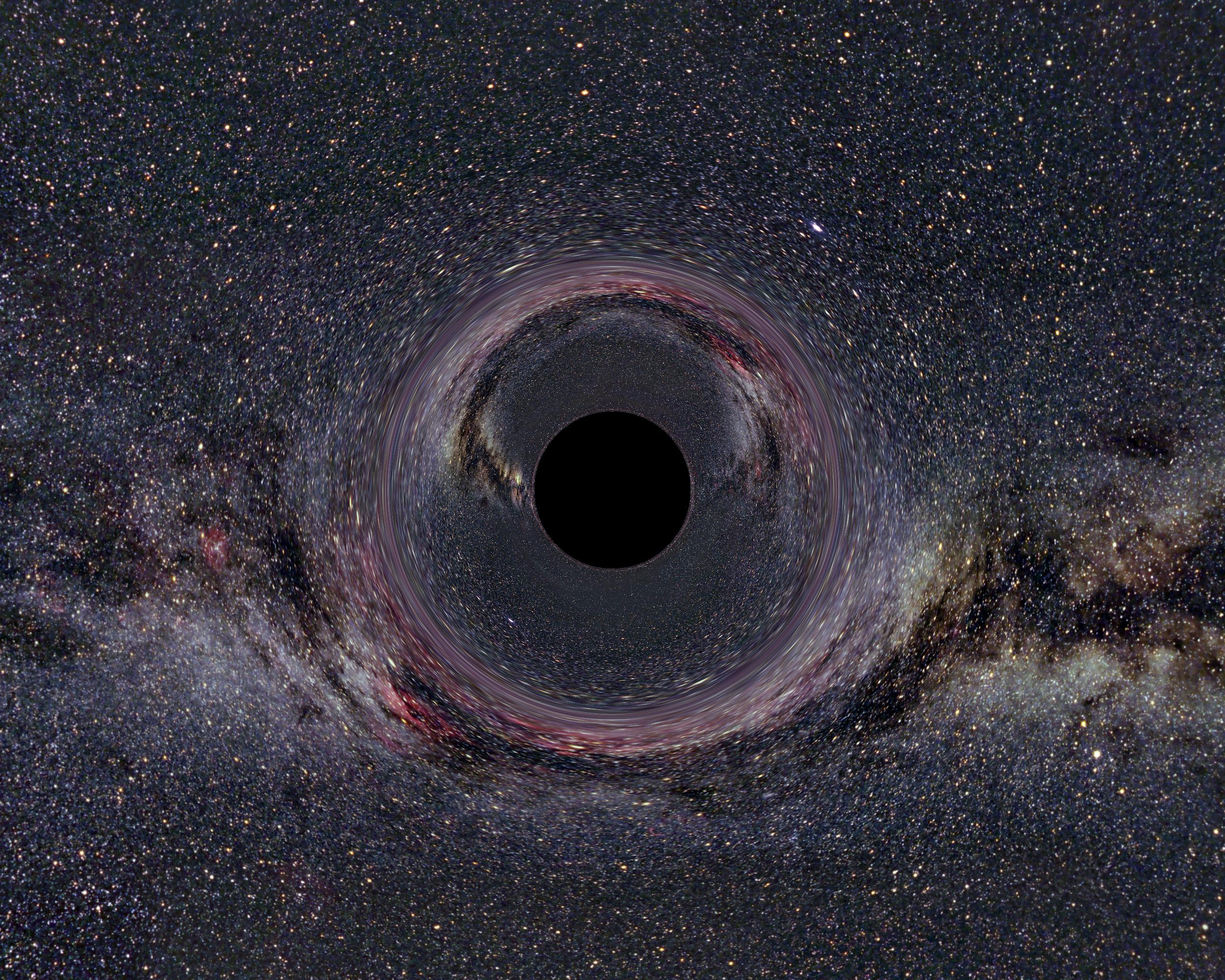Birth Earth
http://www.youtube.com/watch?v=mEuSXjpWnIQ
Asteroids not only constructed our home, they gave it one of the most essential resources of life, water. Four billion years ago, Earth and the Moon went through what is called the Heavy Bombardment period; a period when millions of asteroids rained down on Earth, creating perilous earthquakes and hurricanes as they delivered most of water here today. This period is also responsible for most of the indentations on the Moon. What gave life can also take it. A large enough asteroid collision can definitely devastate life on Earth. This has happened in the past. Take a look at the Arizona crater and you'll see how powerful these things are. It follows that with more size comes more carnage. A 50 yard asteroid can take out a city. A half mile asteroid can take out the world. This has already happened. Take another look around Arizona and you'll see that there aren't any dinosaurs.
You can actually dig down into the ground and see the deposit left behind by this large asteroid. This layer is called the KT boundary and marks the end of the era of the dinosaurs 66 million years ago. The layer is rich in iridium, an element thats abundant on many asteroids and extremely rare on Earth. On top of the iridium is a thin film of ash deposited by the flaming turmoil that was Earth after the impact.
Digging further down, you can find more of these layers. Geologists estimate that large asteroids hit Earth every 16 to 100 million years, meaning that we should be expecting an asteroid to be headed our way right now, ready to burn every mark of us out of existence and leave our home planet to the cockroaches. Here's a dazzling video that simulates a large asteroid impact on today's Earth:
Luckily we are a little more advanced than our dinosaur predecessors and have the ability to look into space and find asteroids headed towards us. In fact, we were able to deem asteroid 2014 DX110 non hazardous before March 5 when it passed by within one lunar distance from us (here's an article on it: Close One http://www.slate.com/blogs/bad_astronomy/2014/03/05/asteroid_2014_dx110_tiny_rock_will_pass_the_earth_today.html). But we are not safe yet. We found an even bigger, 300 meter, asteroid that is headed right at us, its name Apophis - god of death. Here's a very informative article all about it: Hide yo Earth http://neo.jpl.nasa.gov/apophis/. In 2029 it is estimated to pass closer than the moon, and yet even closer when it comes back around in 2036. Check out Neil Degrasse Tyson describing what would happen if it hit us: Die Another Day
Predicting is one thing, preventing is another. You can watch Neil DeGrasse Tyson talk about this here:
Essentially, we will eventually be smashed if we don't get off this planet or figure out a way to prevent asteroid collisions. Blowing up a large asteroid coming at us will just create many small asteroids coming at us, which just makes smaller targets. The most effective way to prevent collision is to slow down or speed up the asteroid. If we know that the Earth and asteroid will be at the same location at the same time we can try to make one of them pass through that location first. We could accomplish this with a gravitational leash where we use the gravity of a space ship to accelerate an asteroid. Due to the lack of any real threat, there are only preliminary designs for such a spacecraft.
Someday we will have such space craft. Humanity will be able to leash asteroids and control their positions, not only ensuring the safety of Earth, but capturing a vessel of resources. Asteroids are packed with rare materials that are very valuable on Earth. Obama has commenced plans for Nasa to reach its first asteroid by 2025. Eventually we will be able to create space stations on asteroids and exploit them for resources and shelter. They will become our stepping stones to the final frontier as well as our gas to get there.
Asteroids formed our planet, brought life to our planet, and soon enough will provide the means for life to leave our planet. As far as I can conclude, we are now entering an age of such achievement that asteroids no longer threaten us but engage us into progression.
We are actually pretty lucky to have not had any large disasters come about from asteroids. Its pretty wild to think that with respect to the cosmic clock, we are just barely gained the capabilities of asteroid prediction and are on the verge of impact prevention. In a universe of such immense possibility, asteroids could have completely erased any any trace of a civilization that grew to be as advanced or any less advanced as we are right now. Two hundred years ago we would have had no idea that an asteroid was headed towards us, then suddenly one hits causing both our species and lifestyle to change, assuming they are not obliterated. Then again, by 2036, I'm pretty sure that well be able to stick a fat straw into Apophis, the so called god of death, and say thanks for the resources before it even comes close to threatening us.
Bring em on





